by Ken Long
The ability to manage your emotions at a comfortable level is a decisive advantage for any trader to have in the market. It takes a live focused attention and energy and commitment to offset the hardwiring of the millions of years of evolution that shaped our evolutionary brain.
A very powerful technique in the battle to manage your emotions as a trader is the idea of ”no lose trading”.
This is especially powerful for shorter term traders who must be able to execute reliably many times a day or week. These traders have many opportunities to let emotions get the best of them because they are so active in the market. This technique is especially for them.
By paying close attention to price action, and the market condition as you are stalking your excellent entry, it is possible to fine-tune your entry with a very narrow stop just prior to a high probability move in your favor.
Ways to develop this skill might include listening to a master percussionist or spending time at the beach watching the waves roll in. A sense of rhythm and volume can be very helpful in finding those moments when low-risk entries can be made.
When we can fine-tune the entry near a moment of reversal, we have the opportunity to establish a tight initial stop which can be quickly moved to break even once the initial surge of price is in our favor.
Once we are in a position to do no worse than break even, our psychology will undergo an important shift of perspective. We are now able to leave behind the fear of losing our capital and can concentrate on the emotions associated with fear of missing profits.
This is a very nice problem to have. You would like to be in a position in the market when you are constantly struggling with how much profit to preserve versus how much additional profit to aim for. It is a lot easier to learn how to manage your greed than it is to overcome your fears.
By applying narrow stops you may experience a lower win rate, but if your system and skills are in tune with the market you can expect an increased number of opportunities and the size of your average winners to increase. This will more than offset the slightly lower winning percentage and will add directly to your bottom line.

